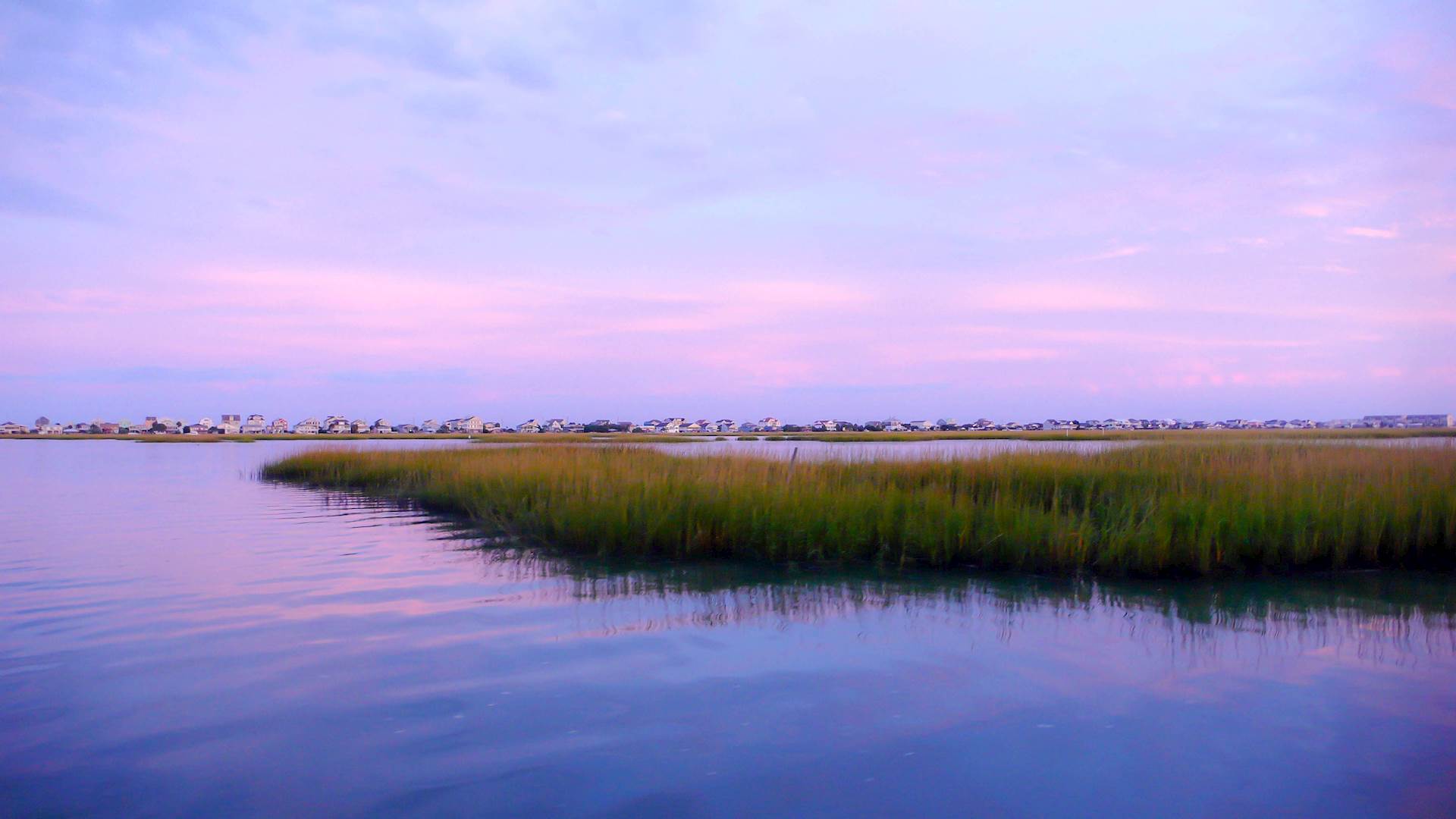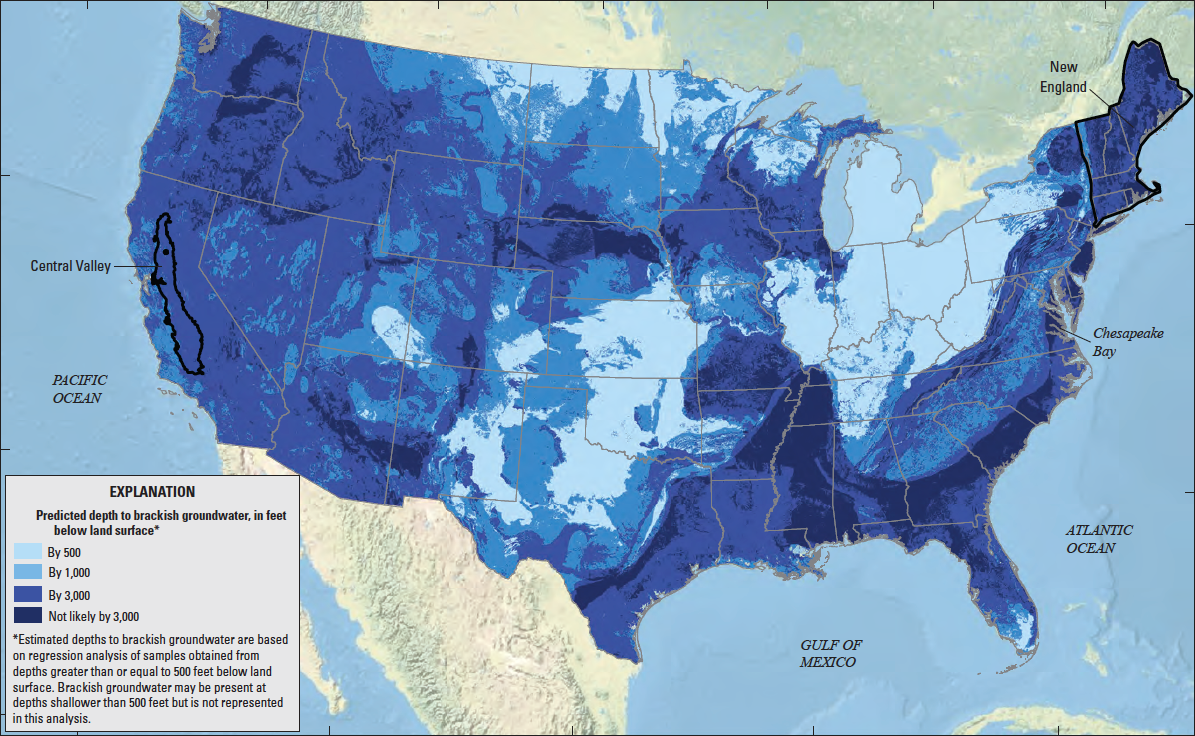
The U.S. Drought Monitor reports that 93.3 million people in the United States were affected by drought Sept. 27 through Oct. 3, and 39 U.S. states experienced moderate drought or worse. Dry times may have left those 93.3 million Americans wondering — where else can we get our drinking water from?
Desalination: An Alternative Water Supply Option
Desalination is the process of removing salt, dissolved minerals and other contaminants from brackish or saline water. Brackish water contains total dissolved solids (TDS) in a concentration range of 1,000 milligrams per liter (mg/L) to 10,000 mg/L. Saline water or salt water contains a TDS of over 10,000 mg/L. Tap water typically contains a TDS of less than 500 mg/L.
Desalination creates two product streams: treated water (which receives further treatment and disinfection before distribution) and brine concentrate, a hypersaline waste product. The two major types of desalination technologies are membrane and thermal. Thermal technologies heat saline water and collect the condensed vapor to produce treated water. Membrane technologies flow high-pressure brackish or saline water through semipermeable membranes.
Water, Water Everywhere — Not Just Coasts
According to the National Groundwater Association, evidence indicates that there are significant amounts of brackish groundwater throughout the U.S. Texas has about 2.7 billion acre-feet of brackish groundwater. The United States Geological Survey identified brackish groundwater within the uppermost 3,000 feet below ground level in every state except New Hampshire and Rhode Island. Desalination technologies, therefore, have an application in water supply alternatives in most of the U.S.

This map from the United States Geological Survey’s “Professional Paper 1833: Brackish Groundwater in the United States,” shows the predicted depths to brackish water in the U.S. based on groundwater assessments.
Desalination for Sustainability and Resilience
Desalination expands access to otherwise unusable water resources and increases the resilience of water supplies under the risks of long-term climate change and short-term drought. However, desalination is not without its challenges. High energy demand is a frequently cited disadvantage of desalination treatment processes. Without the concurrent adoption of renewable energy sources, this higher energy demand also results in a higher volume of CO2 emissions.
Disposing the brine concentrate also poses a logistical and environmental challenge. The land application or surface water disposal of concentrate may contaminate receiving waters and soils and potentially harm ecosystems and soil fertility. Evaporation ponds can be land-intensive. Deep well injection requires careful monitoring to ensure brine is contained within confined aquifers and not infiltrating into freshwater supplies.
Advancements in the sustainability and resilience of desalination technologies continue to emerge. The U.S. Bureau of Reclamation’s Desalination and Water Purification Research Program (DWPR) is accepting grant applications for desalination research projects through Nov. 15, 2023. The program aims to address the need to decrease the energy demands, environmental affects and costs of treating impaired and unusable water.
Hanson is here to meet your water supply planning and water treatment needs. Contact Michelle Alvarez at malvarez@hanson-inc.com for more information.